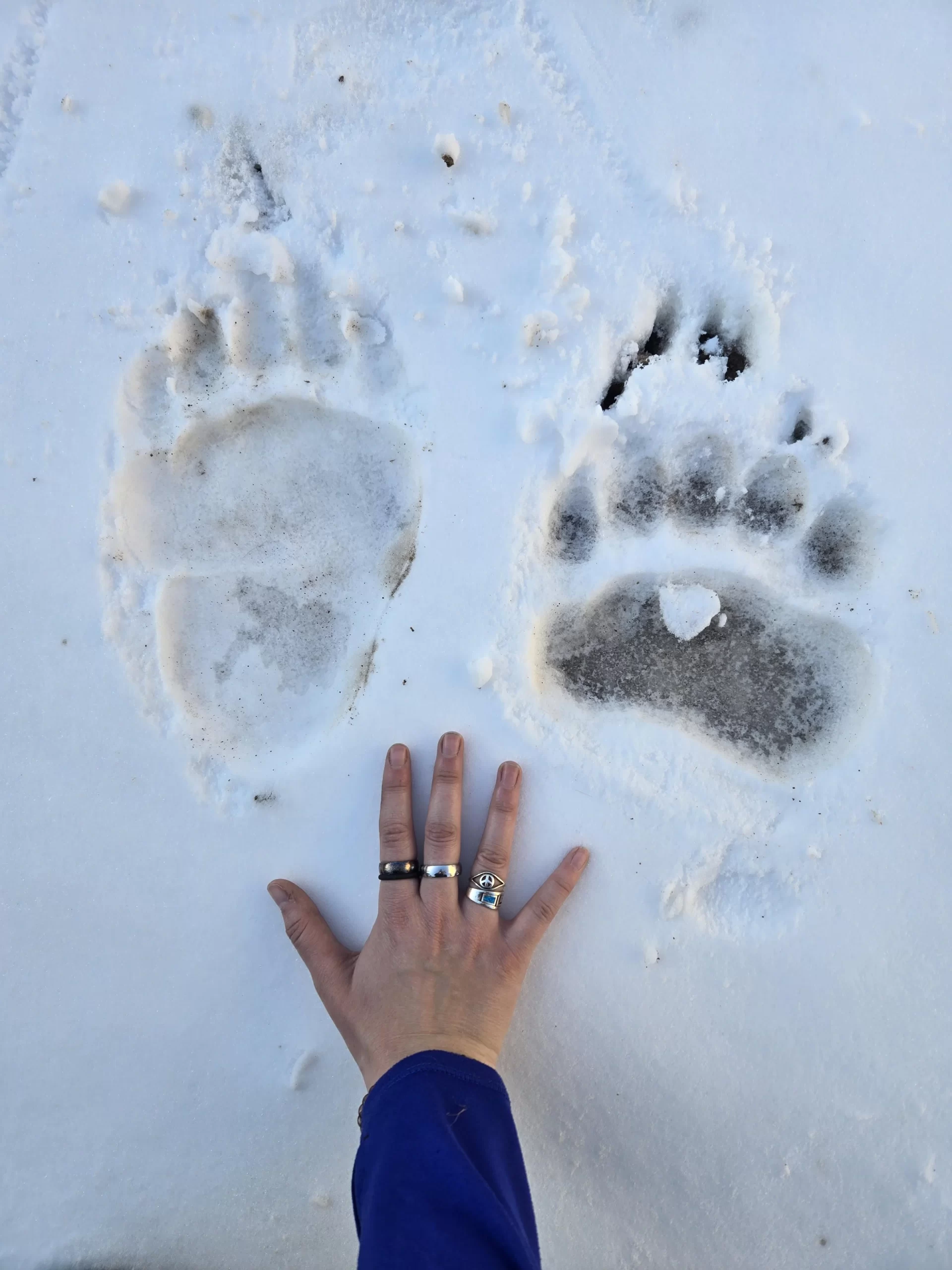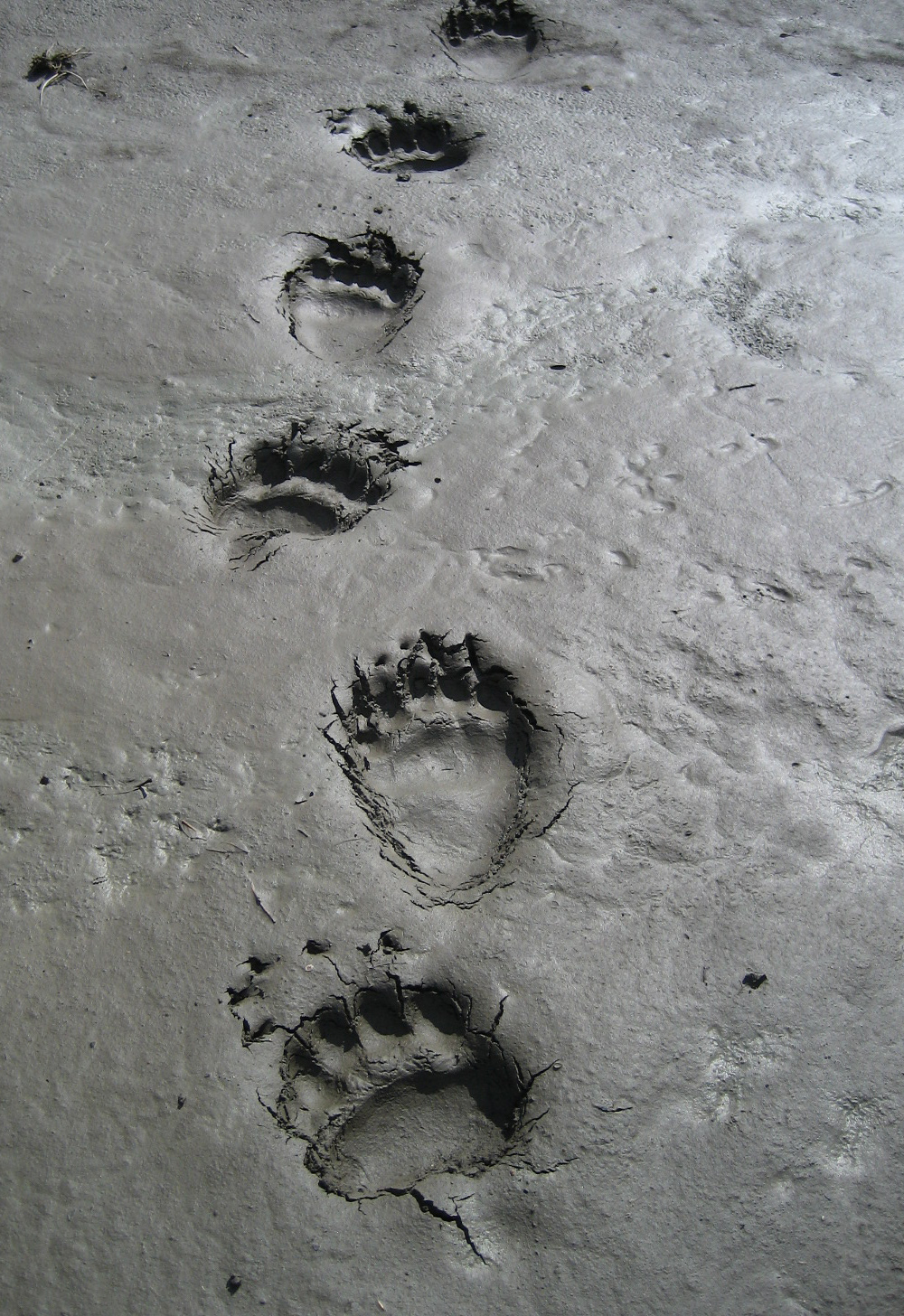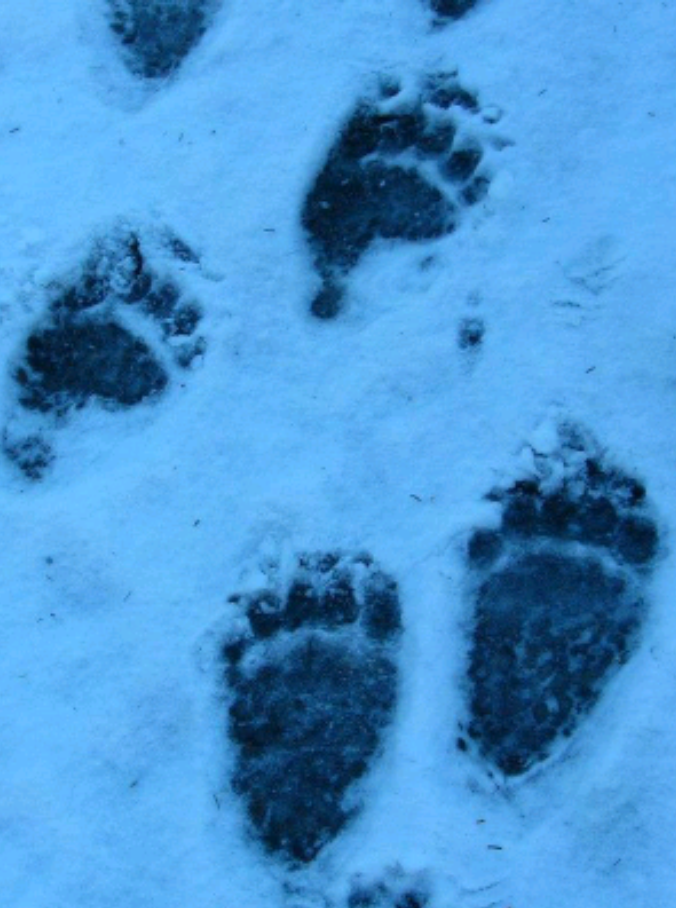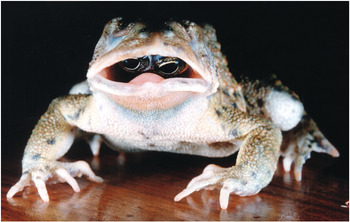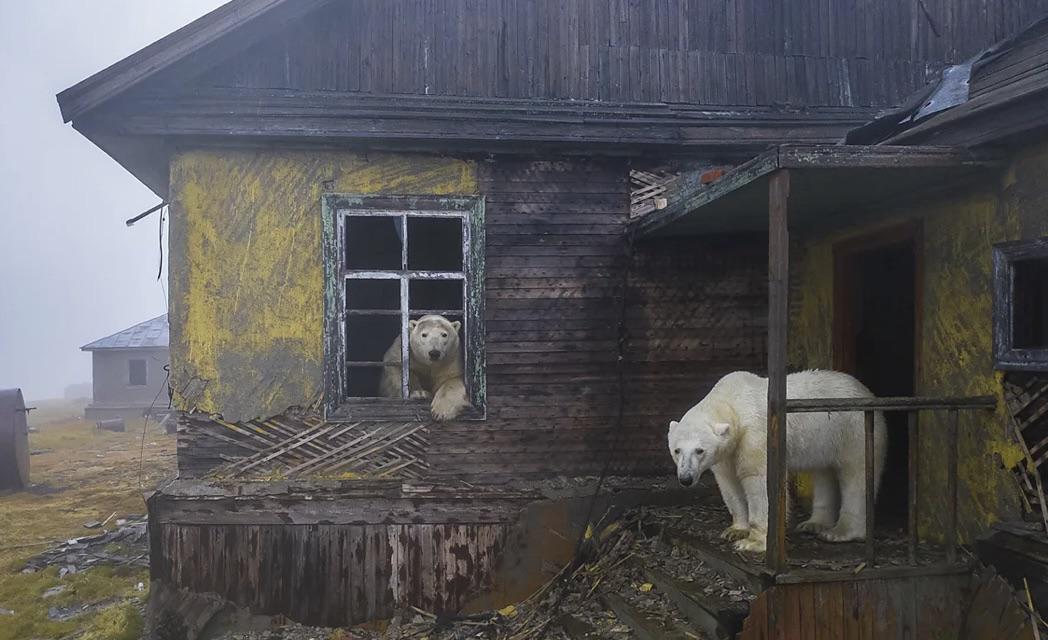Few animals in the wild command as much awe and respect as the Alaskan coastal brown bear. Towering over most other creatures in its habitat, this subspecies of grizzly bear (Ursus arctos) thrives in the remote forests and river valleys of Alaska, where they grow larger than almost any other bears on Earth—thanks to their rich diet of salmon, berries, and other coastal delicacies.
But if there’s one feature that truly defines their raw strength and adaptability, it’s their paws. These massive, muscular limbs are the ultimate survival tools, perfectly designed for digging, hunting, fishing, and even climbing.
The front paws of an Alaskan coastal brown bear are built for power and precision. With their broad structure and long, curved claws (measuring up to 4 inches/10 cm long!), these paws are perfectly adapted for:
-
Fishing: Coastal brown bears are expert salmon hunters, using their claws to snatch fish straight from rushing rivers with lightning-fast reflexes.
-
Digging: Whether it’s for grubs, roots, or a winter den, these paws act like natural shovels, effortlessly moving earth and debris.
-
Climbing: Though less agile than their black bear cousins, young brown bears can scale trees using their sharp claws for grip.
The pads on their front paws are thick and textured, allowing them to grip rocky surfaces and slippery terrain as they navigate the Alaskan wilderness.
While the front paws are the primary tools for catching food, the back paws provide the foundation of their incredible strength and mobility. These huge, weight-bearing paws support the bear’s immense body, helping it:
-
Stand Upright: Brown bears often rear up on their hind legs to get a better view of their surroundings, using their strong back paws for balance.
-
Move Swiftly: Despite their size, these bears can run up to 35 miles per hour (56 km/h), their back paws propelling them forward with shocking speed.
-
Swim with Power: Alaskan brown bears are strong swimmers, using their powerful hind legs to paddle through lakes and rivers in search of food.
One of the easiest ways to tell a brown bear has passed through an area is by its tracks. A single front paw print can be as large as 8 inches (20 cm) wide, while the back paw print can resemble a huge human footprint—but much larger and with pronounced claw marks. Their gait is heavy and deliberate, leaving deep imprints in the soft earth or riverbanks where they fish.
From the icy streams of Katmai National Park to the dense forests of Kodiak Island, Alaskan coastal brown bears rely on their paws for survival every single day. Whether they’re using them to catch fish, defend themselves, or navigate treacherous landscapes, these paws are more than just massive—they are essential tools of nature’s ultimate predator.
